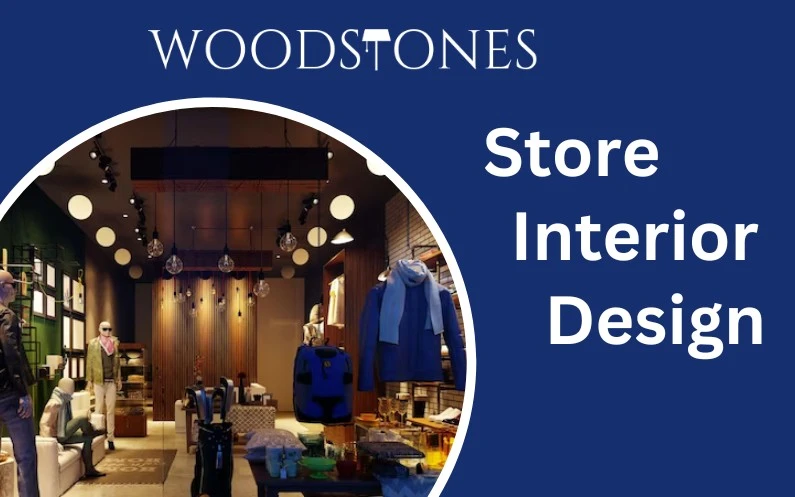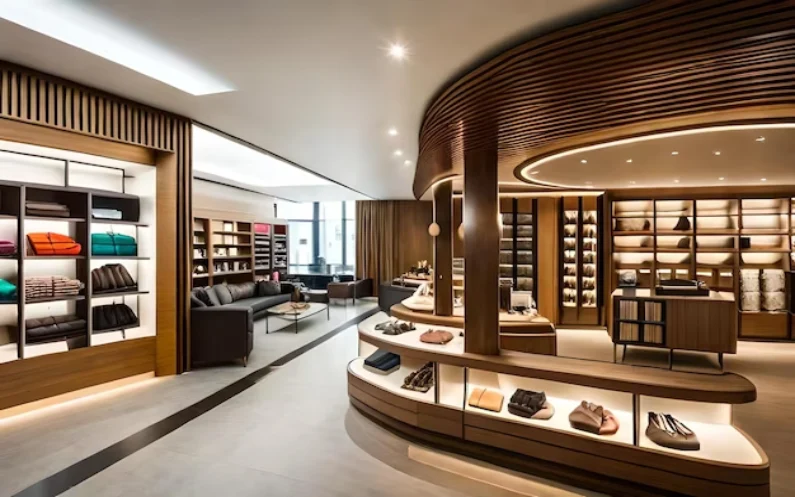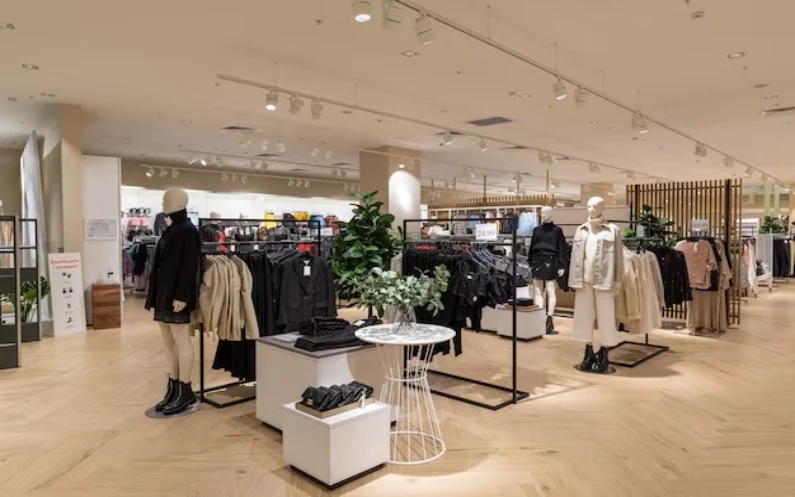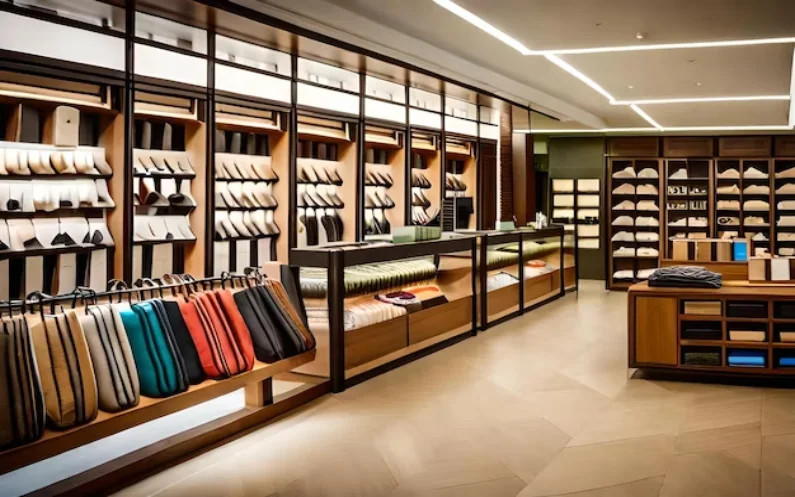Understanding Consumer Psychology
Consumer psychology delves into the subconscious triggers that influence purchasing decisions. It explores how factors like emotions, perceptions, and social cues impact what and how people buy.
1. Store Layout and Flow
The arrangement of aisles, displays, and checkout counters can impact how customers navigate and interact with products. Utilize a well-thought-out store layout that guides customers along a predefined path, ensuring they encounter high-margin items and experience a seamless journey.
2. Strategic Product Placement
Place high-demand or impulse-buy items near the entrance or checkout to encourage spontaneous purchases. Use end caps or prominent displays to highlight promotions or new arrivals, capturing shoppers’ attention.
3. Color and Visual Merchandising
Colors evoke emotions and set the tone for a store. Warm colors like red and orange can create a sense of urgency, while cool colors like blue induce calmness. Employ visual merchandising techniques that align with your target audience and the desired shopping experience.
4. Sensory Marketing
Leverage all five senses to create a memorable shopping experience. Pleasant scents, soothing music, and tactile materials can enhance the ambiance and influence perceptions of product quality.
5. Scarcity and Social Proof
Utilize the principles of scarcity and social proof to trigger a fear of missing out and foster a sense of popularity. Limited-time offers and showcasing products as “bestsellers” can create a sense of urgency and encourage purchasing.
6. Lighting
Lighting sets the mood and draws attention to products. Well-lit areas can encourage exploration, while spotlighting specific products can emphasize their importance.
7. Checkout Psychology
Optimize the checkout experience to minimize perceived wait times. Display small, appealing items near the checkout to encourage last-minute purchases while customers wait.
8. Personalization
Utilize data-driven insights to personalize recommendations and offers based on shoppers’ past behaviors. This enhances the sense of connection and relevance.
9. Path to Purchase
Guide customers through a clear path to purchase. From informative signage to interactive displays, make it easy for shoppers to gather information and make decisions.
10. Emotional Connection
Create an emotional bond with customers through store design that resonates with your brand’s values. Emotional connections foster loyalty and repeat business.
Applying Psychology To Store Design
Successful store design requires a deep understanding of your target audience and their preferences. Regularly gather feedback and analyze data to refine your strategies and adapt to changing consumer behaviors.



